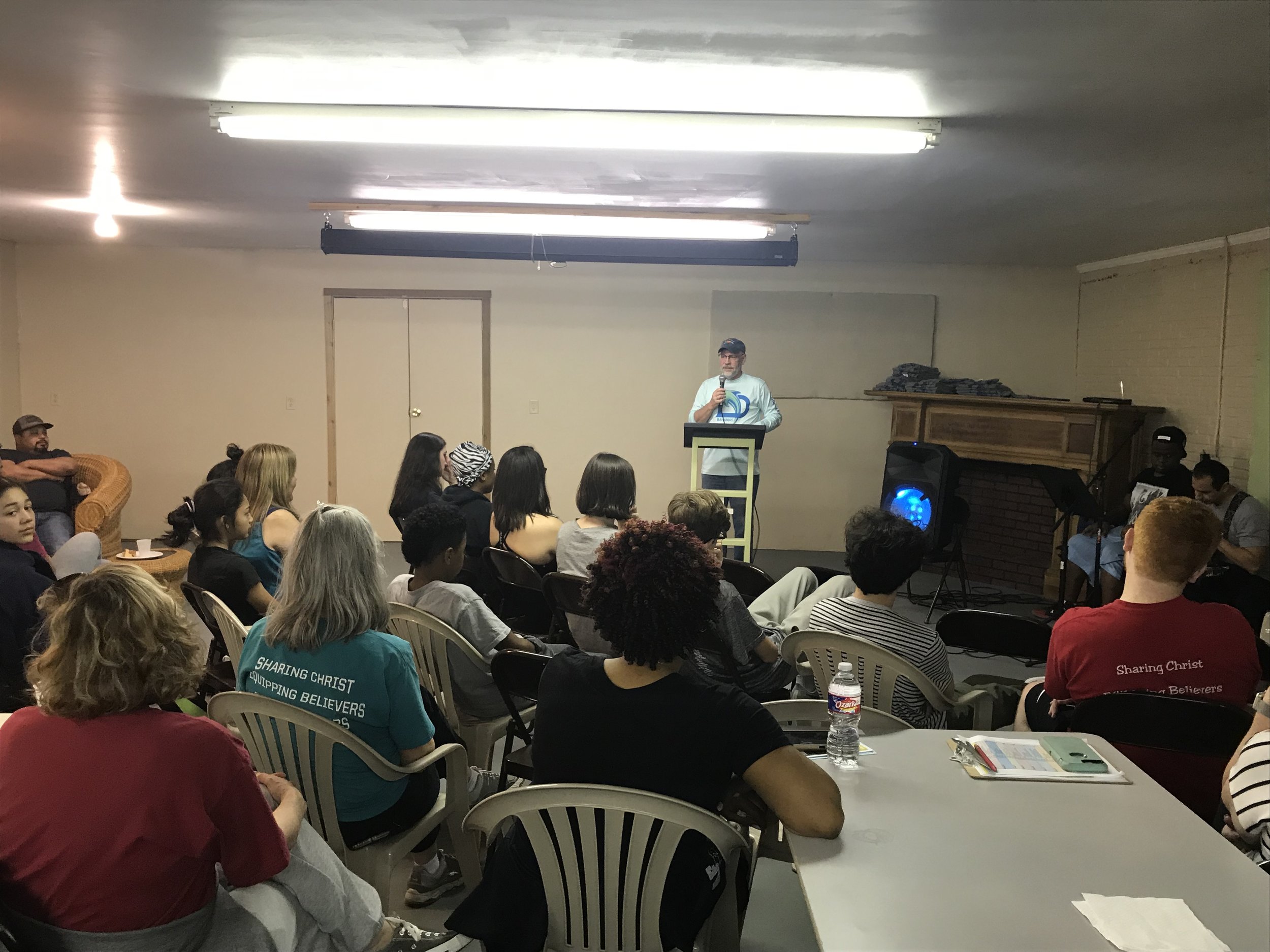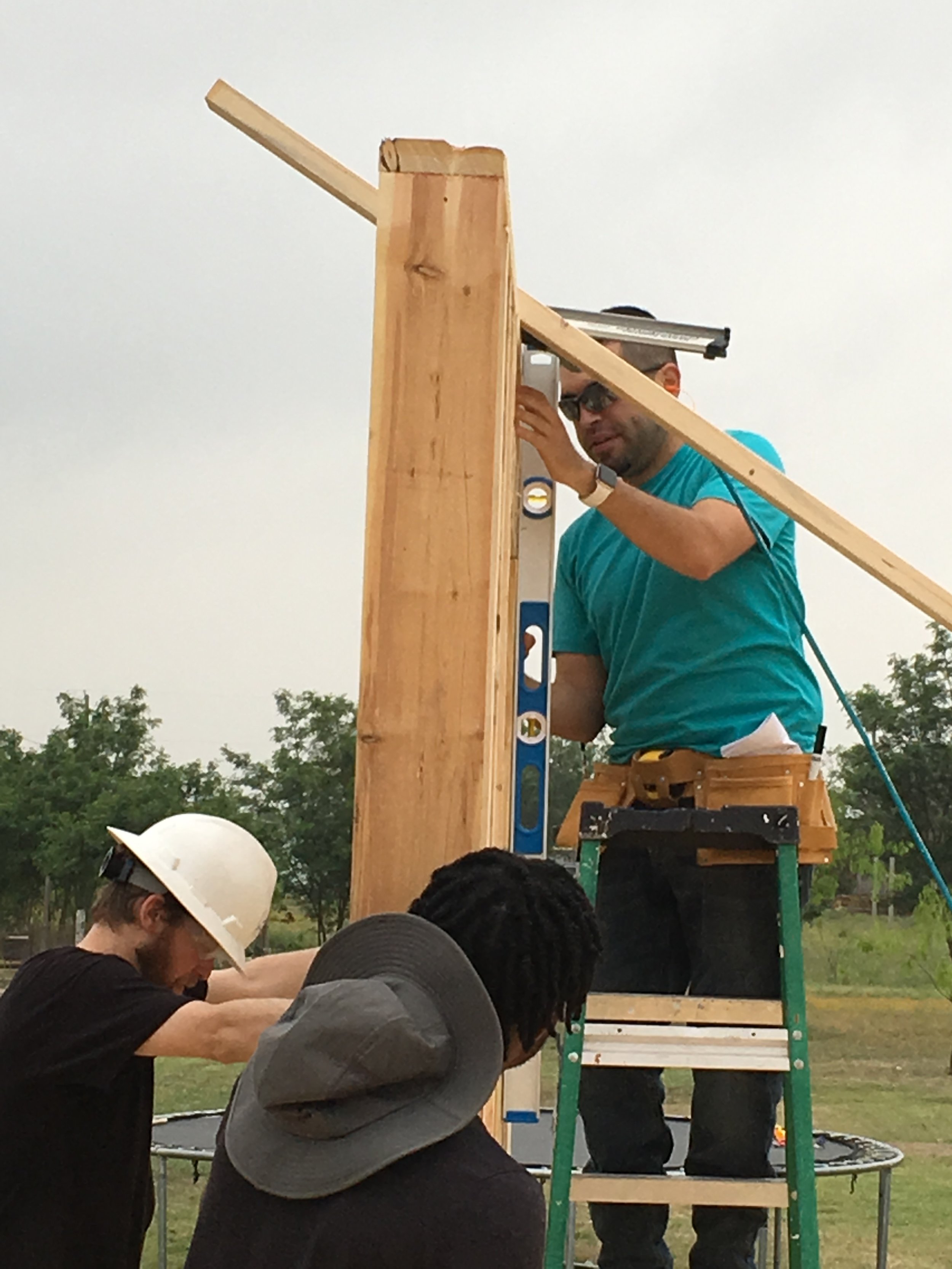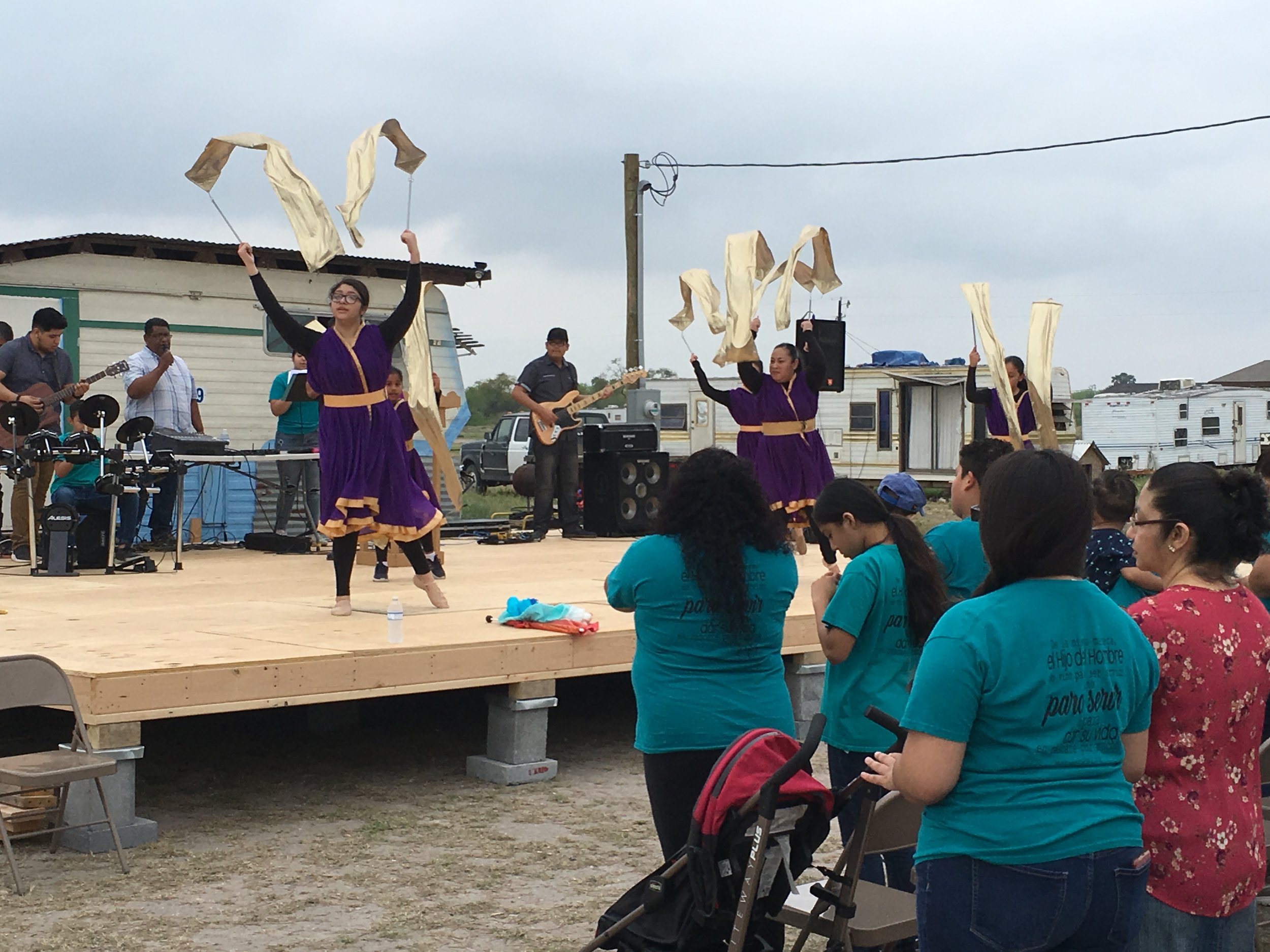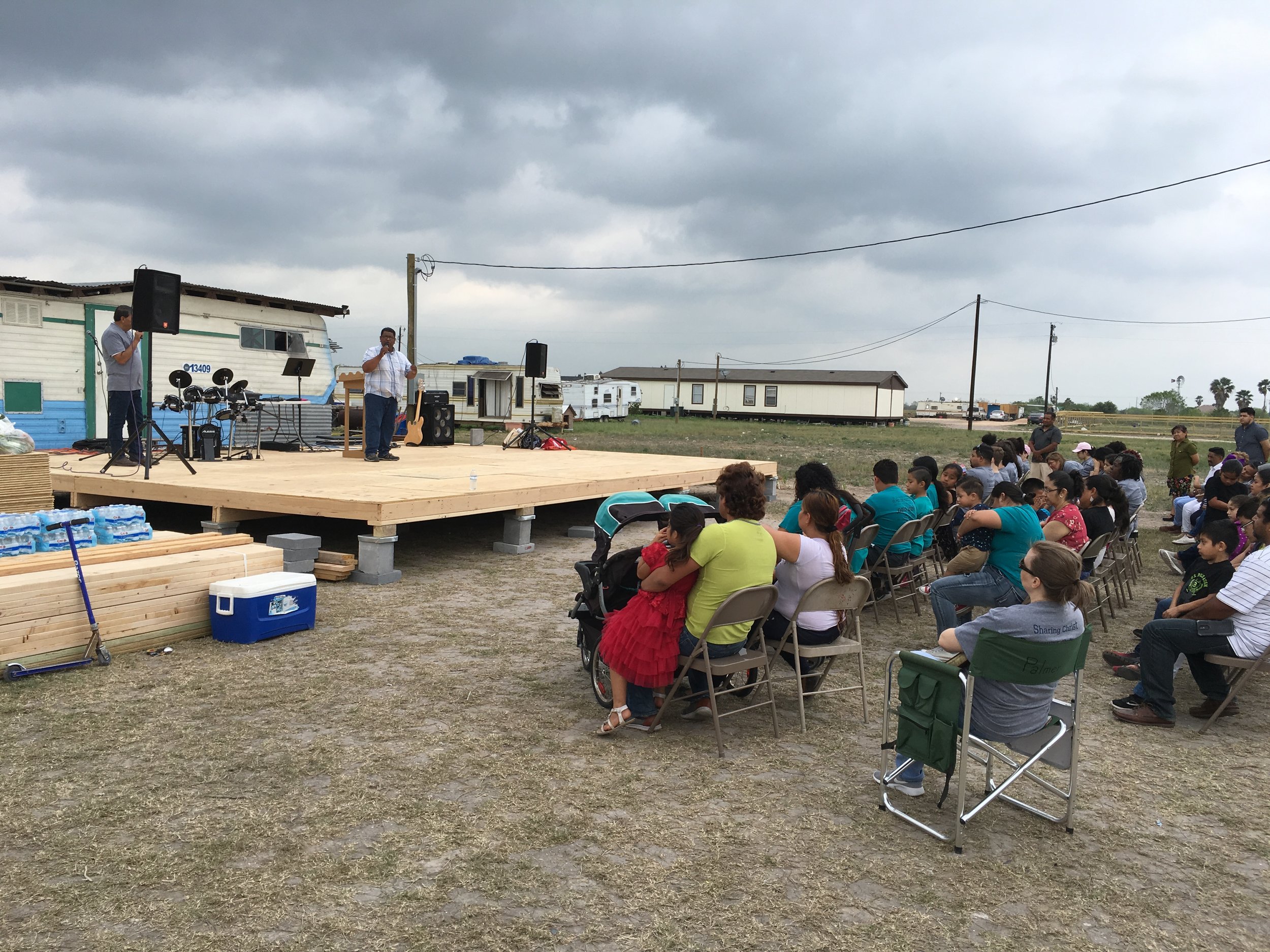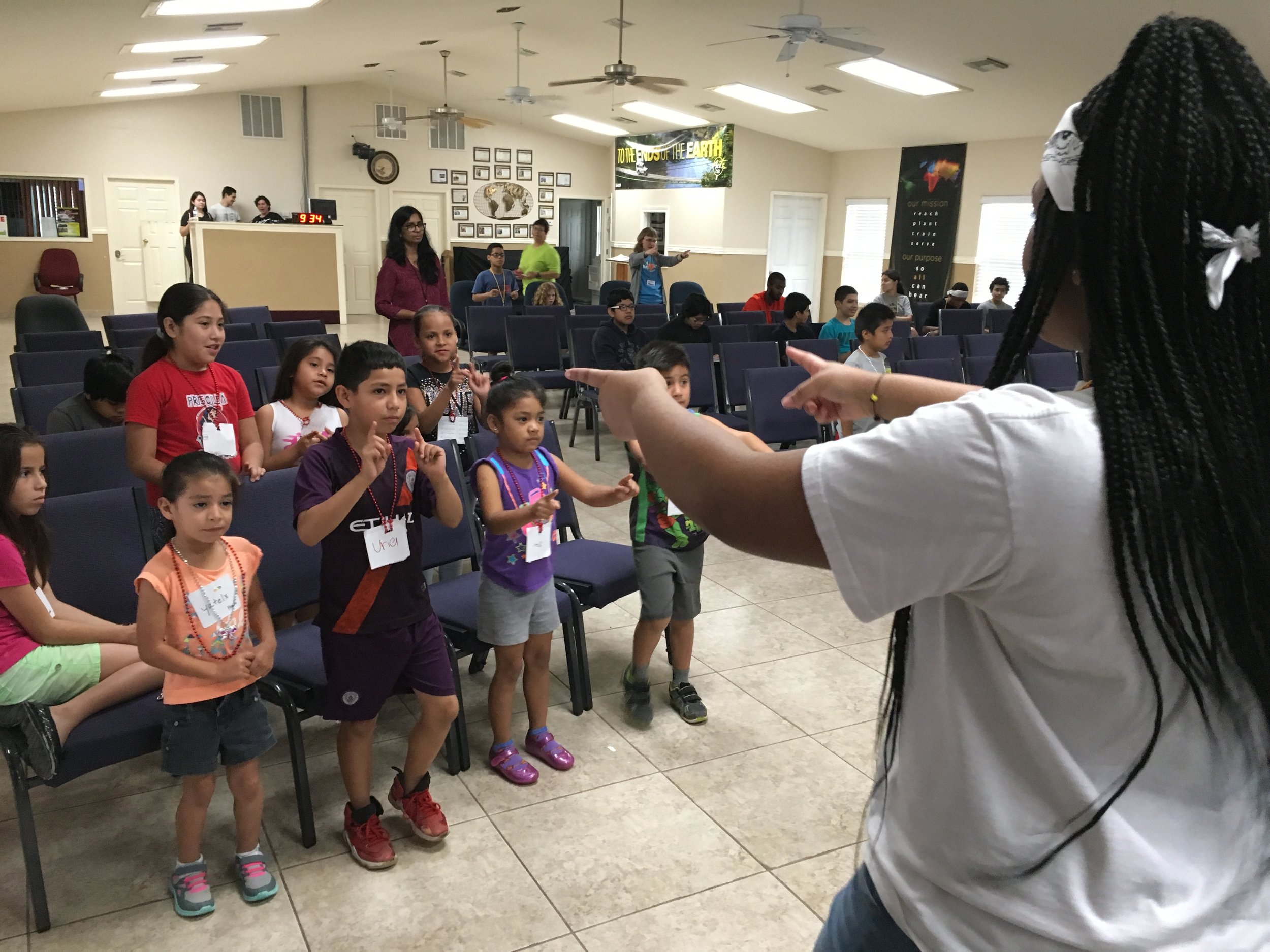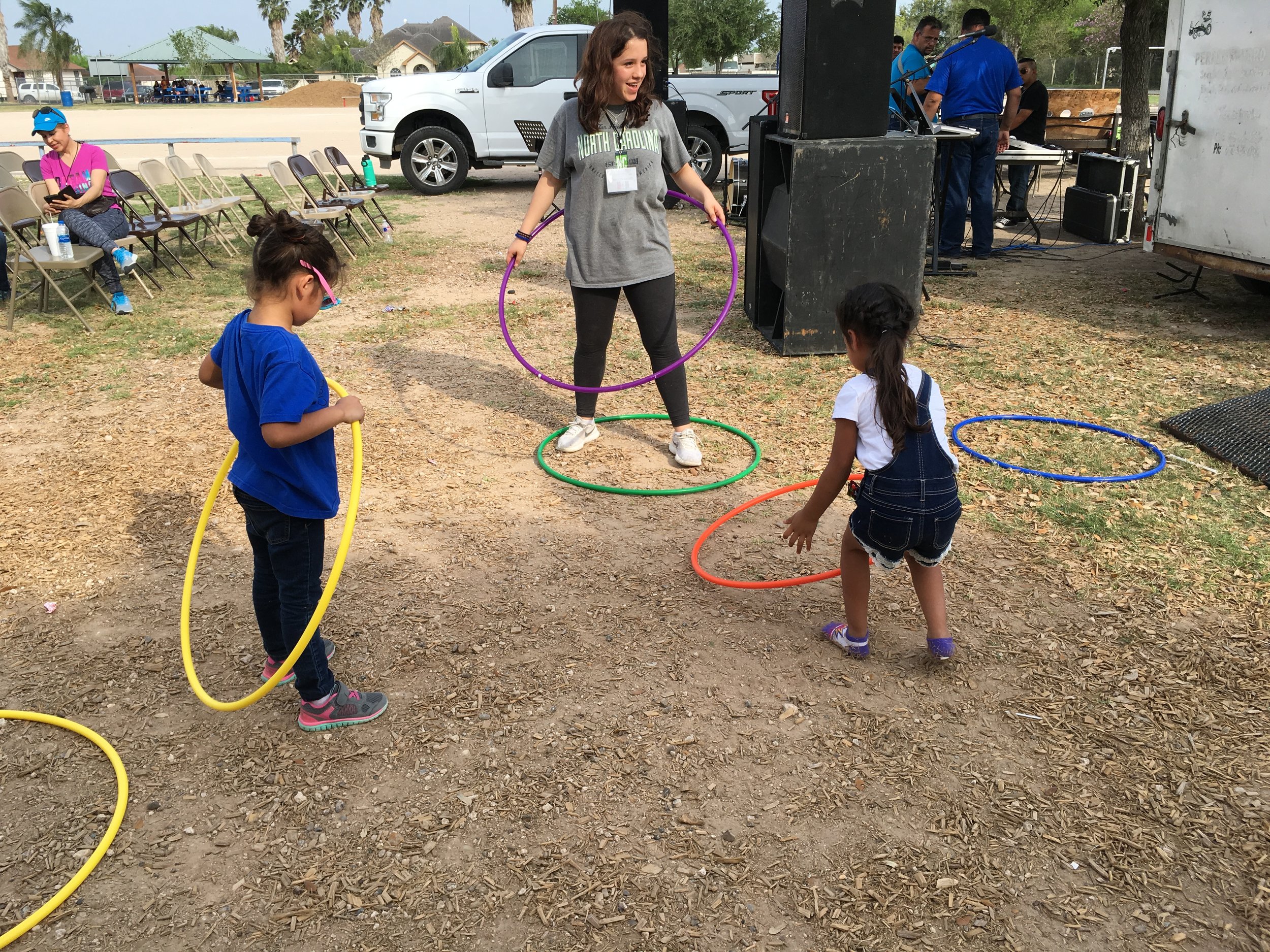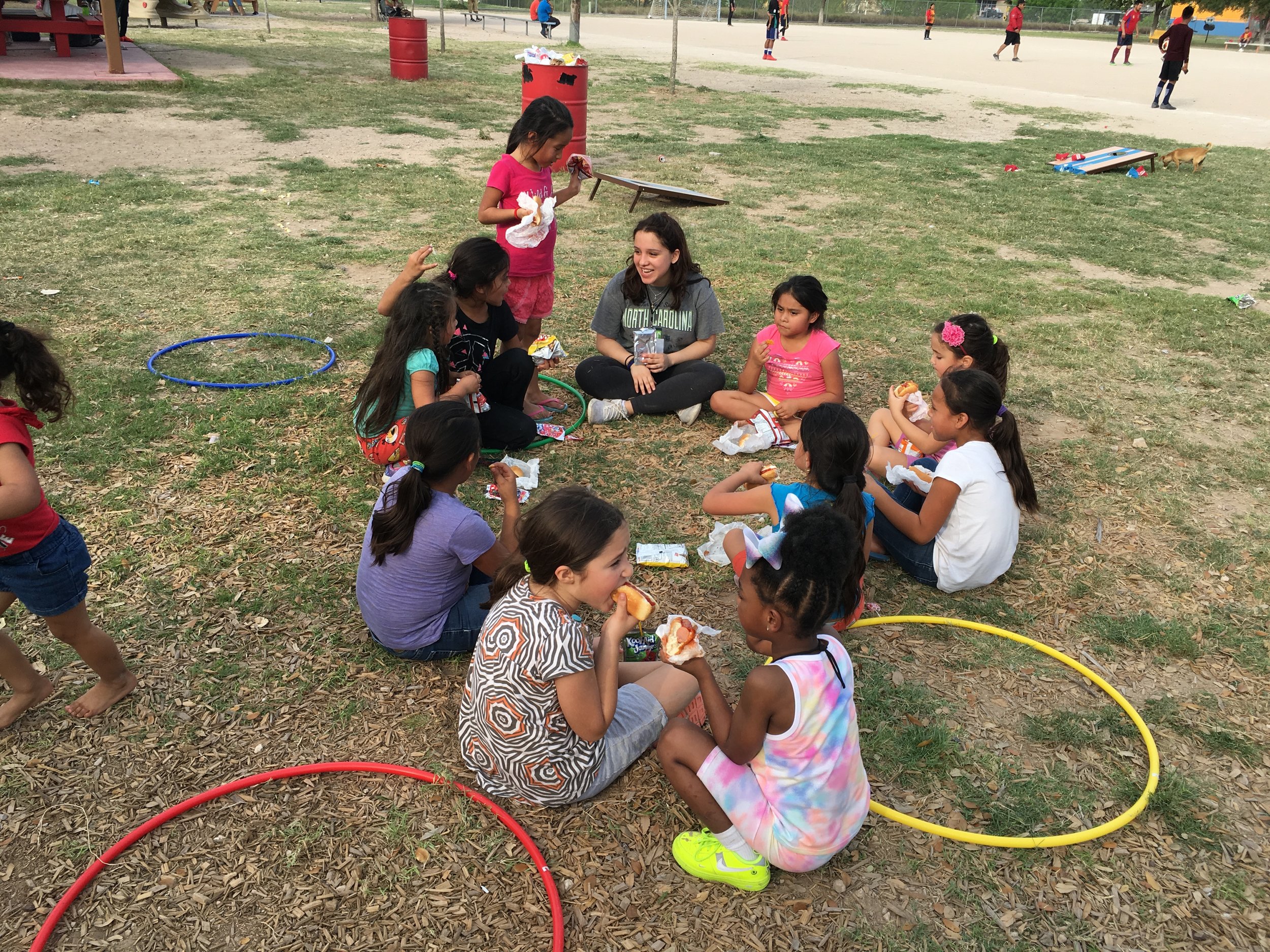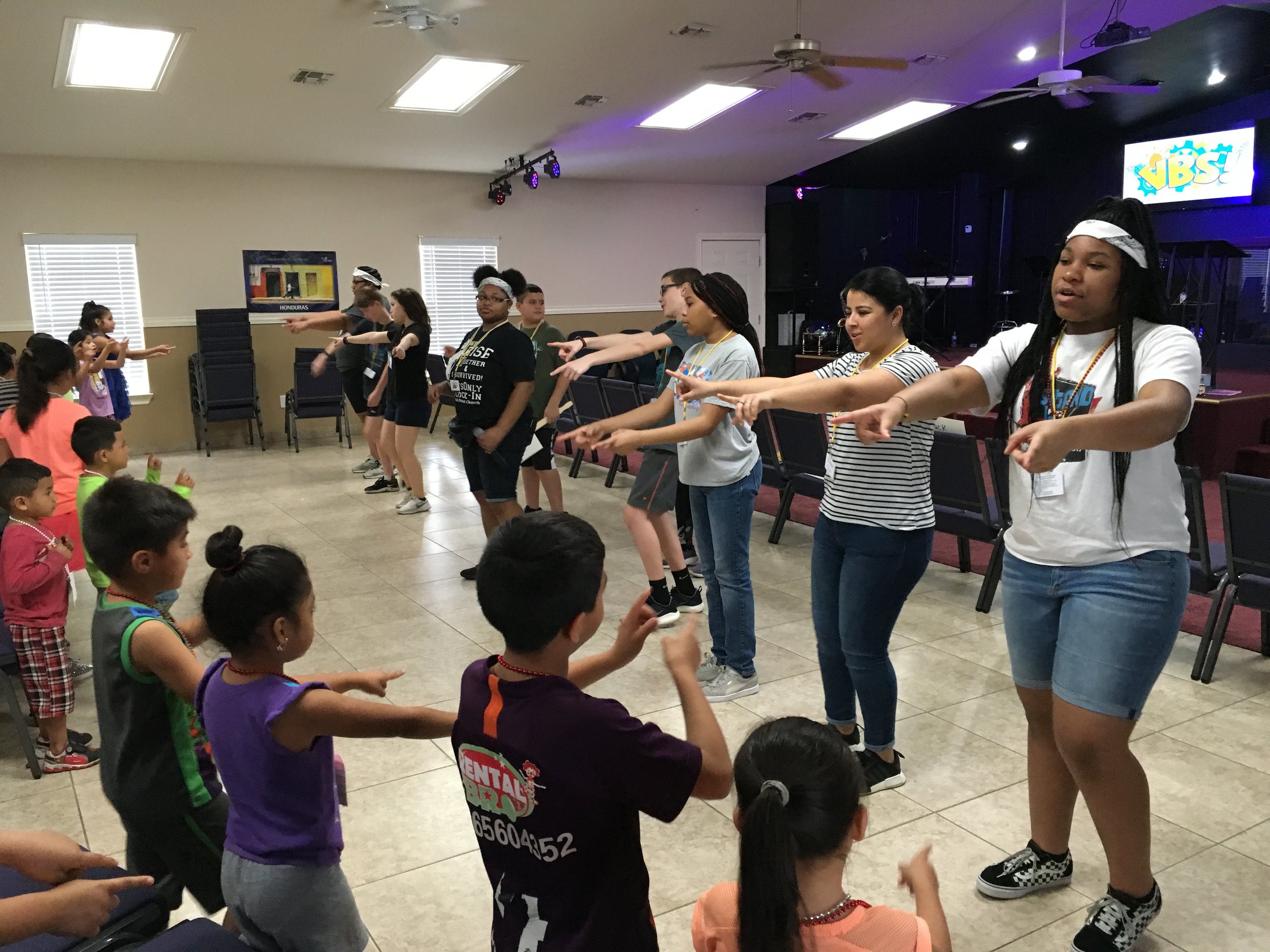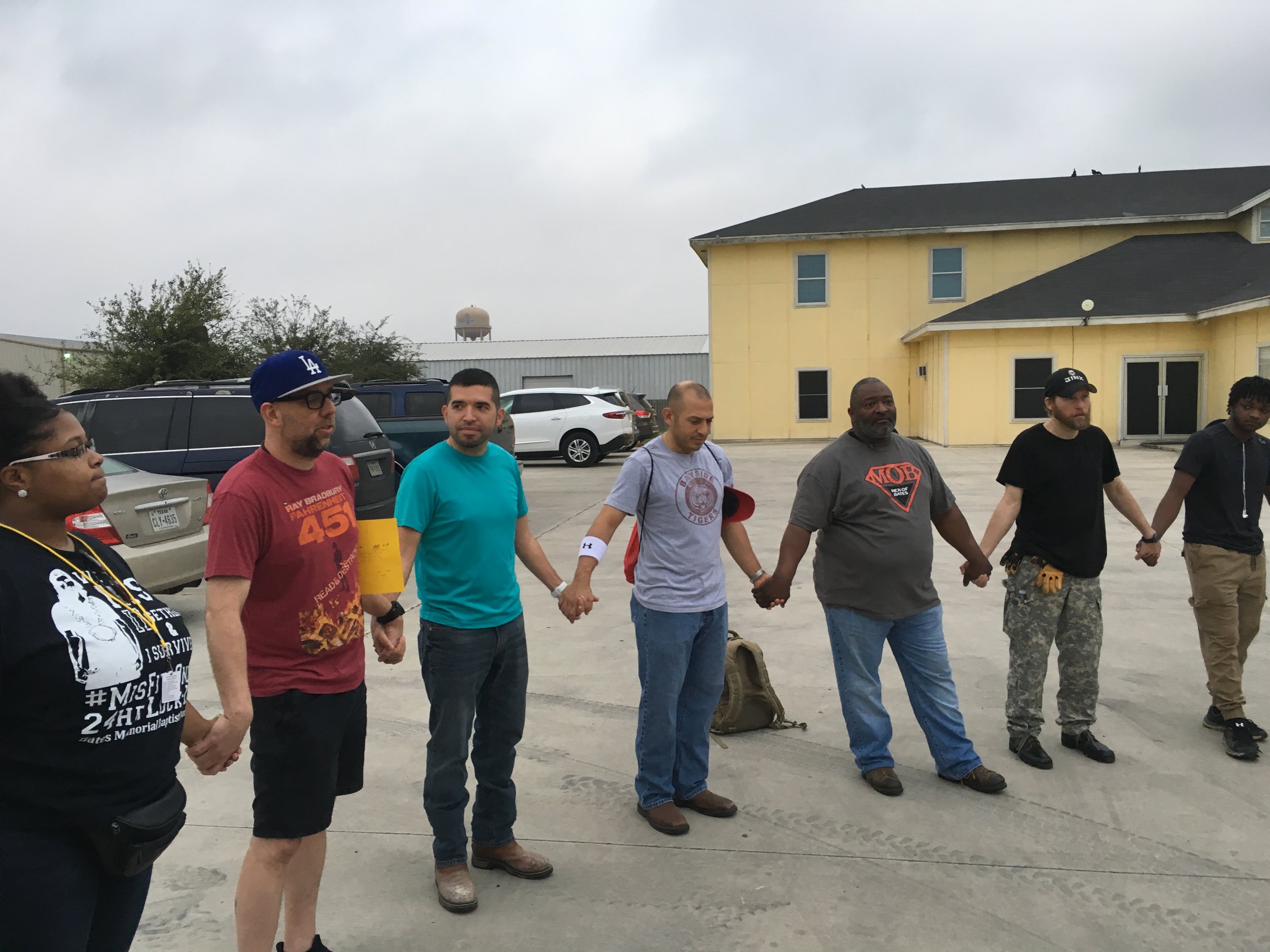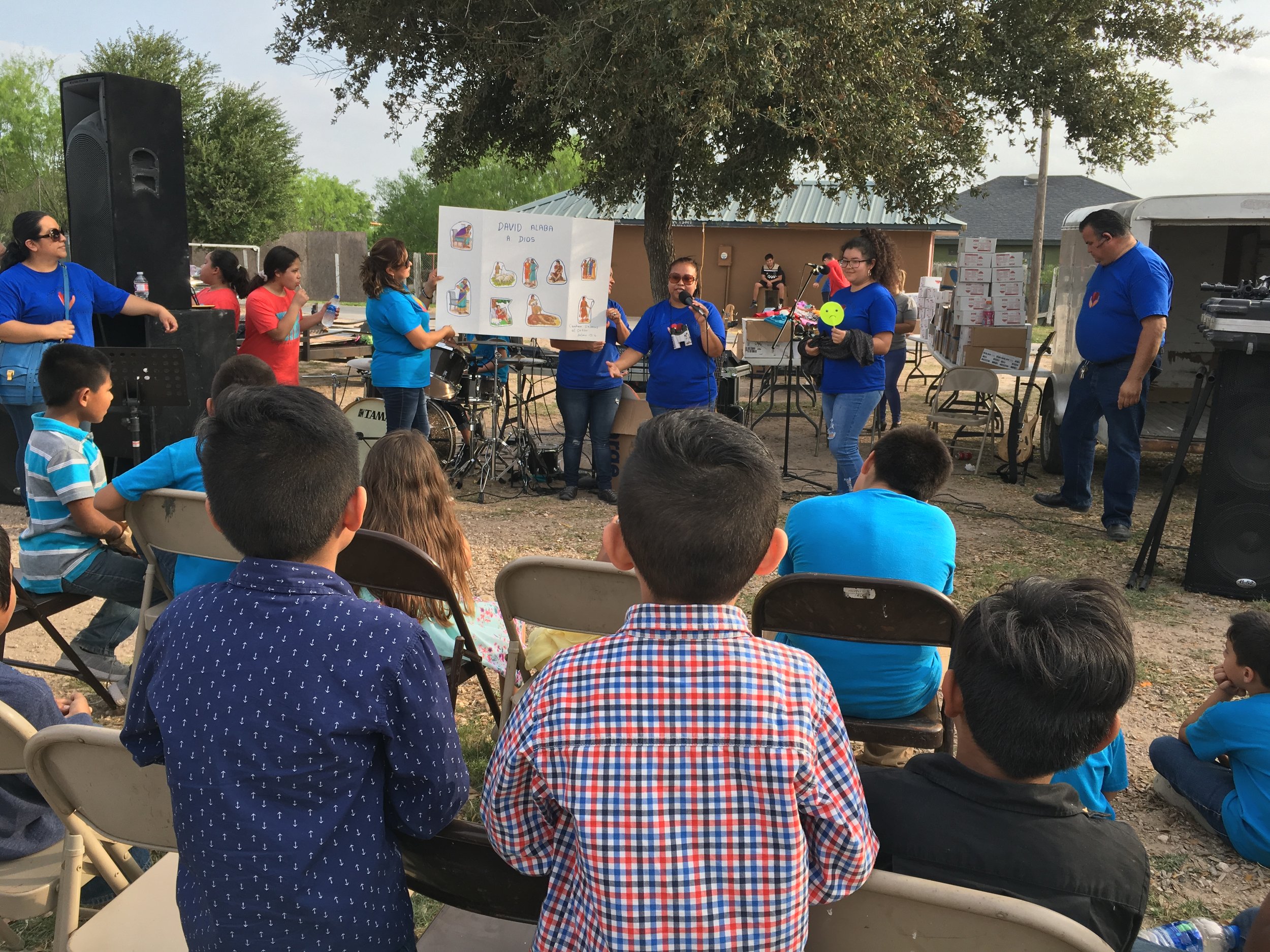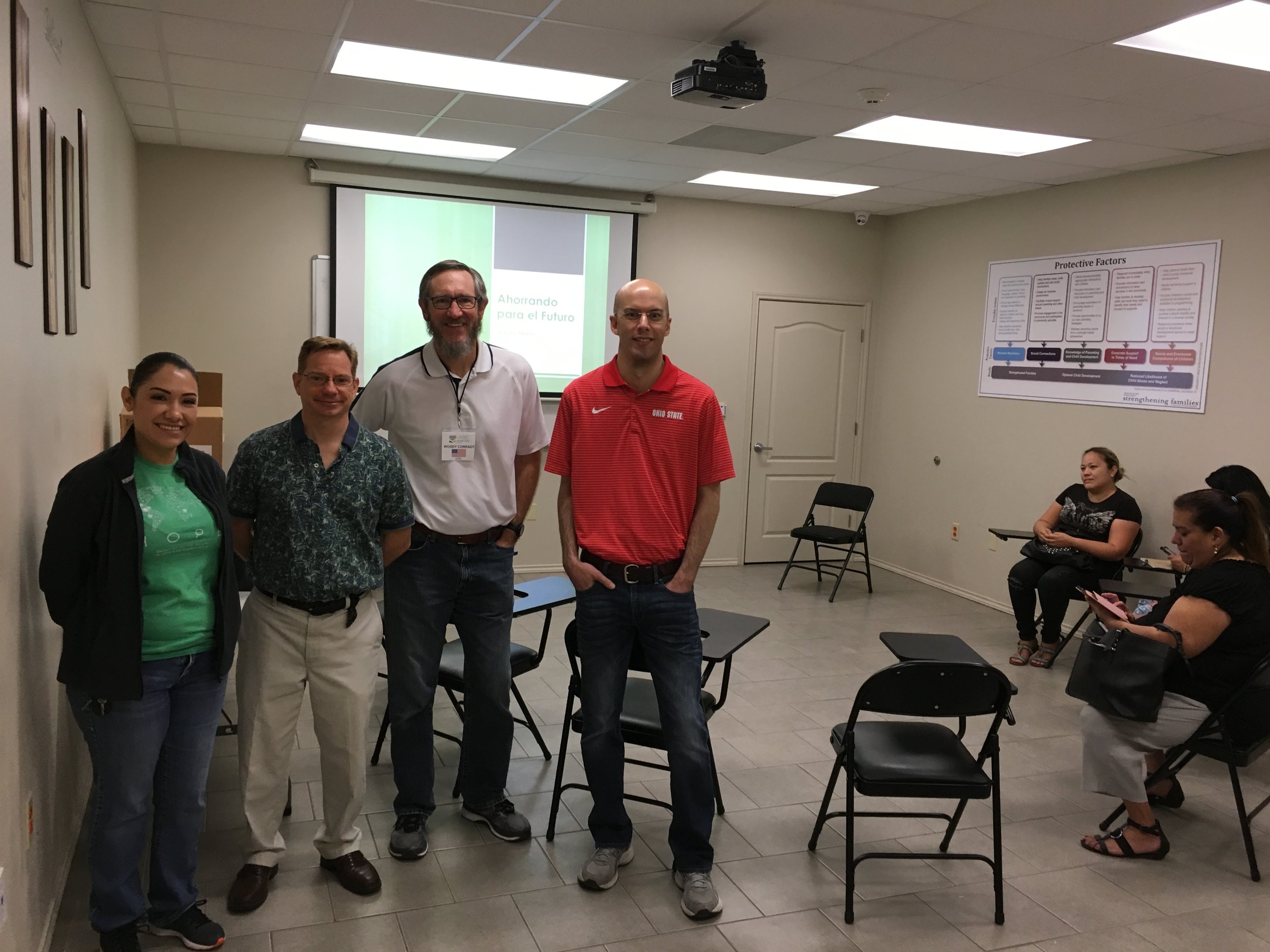Spring break mission projects reflect love of Jesus
Spring break mission projects—which blossom like bluebonnets this time of year—make a huge positive impact on families who live in colonias along the U.S.-Mexico border, as well as the churches that serve them, missions leaders report.
Mission trips hold a permanent place on many congregational calendars this time of year. Multigenerational crews caravan from their urban and suburban homes to unincorporated communities near the Rio Grande, hundreds of miles away.
Churches have taken spring break mission trips to the border for generations. They comprise a particular emphasis for the Cooperative Baptist Fellowship, which launched Together for Hope, a 20-year commitment to the 20 poorest counties in America, in 2001.
“Mission groups make a huge impact in the lives of the families in the colonias,” noted Jorge Zapata, associate coordinator of CBF Texas and leader of Fellowship Southwest’s borderland endeavors, which also includes ministry to Central American immigrants through congregations on both sides of the border. He has created a nonprofit, Hearts4Kids, specifically to minister to children and their families across the region.
Even in one spring break week, mission teams improve the lives of families in the colonias, Zapata said. Through home construction and renovation, “their living conditions are completely changed, from enduring hot and cold seasons to living in homes that can be warm or cool,” he explained.
“The community also is greatly impacted,” he said. The visibility of mission teams’ very public work—not only home construction and repair, but also block parties, Bible schools and sports camps—“brings them together and builds relationships with each other that would take years to develop otherwise,” he said. “It not only brings them together, but they also worship together and serve their community through the local church.
“Their lives are transformed through the gospel—all through the basic and simple things mission groups do in one week. We also see community transformation, as they care for each other, serve and help each other, and care for their community.”
Spring break mission teams reflect the “generosity of churches” that makes ministry in the Rio Grande Valley possible for Buckner International, insisted Chris Cato, Buckner’s director of missions. The Family Hope Center in the Valley in Peñitas is one of eight such ministry outposts operated by Buckner.
“Churches give financially, providing all the funding needed to build a home, and physically bringing skilled workers to erect a home alongside the families,” Cato said. “This year, we will build eight homes with families and are praying God will bring more resources so we can extend that impact to 12 families.”
During spring break, four church mission teams served in Peñitas, he said. “These churches took two flat, bare foundations and transformed them into framed structures with roof panels and siding. With a little more work, these structures will be homes where families can thrive in stability.
Members of University Baptist Church in Houston and Valley Ranch Baptist Church in Coppell, Texas, teamed up to build a home with a family in a colonia in Peñitas, Texas, during spring break week 2019.
“The whole point of our work through our Family Hope Centers is to walk with struggling families to help them become stronger—to thrive and reach their maximum God-given potential. Churches willing to come and be the hands and feet of Jesus help us achieve poverty-cycle breaking, generational impact.”
The work—and visibility—provided by mission teams also strengthens the congregations that minister in the colonias all year long, Zapata added. “One week of missions refreshes the ministry of the pastor and the ministries of the church,” he said. “It brings spiritual renewal, as well as spiritual and numerical growth. It will advance the ministry of the local church by one to three years.”
In locations where no congregation exists, “we will see five to 10 families come to know Christ in one week,” he said. “Working with them, we will create a Bible study that eventually will become a new church start.”
Churches that work with Zapata’s Hearts4Kids may engage in a variety of ministries during spring break, he said. They include:
Vacation Bible schools.
Bible studies and arts-and-crafts programs for women.
Sports camps.
Construction of beds for children who have been sleeping on floors.
Distribution of clothes and food.
Gardening.
Painting, repair and adding on to existing houses and construction of new homes.
Buckner, a close ally of Fellowship Southwest, emphasizes four important projects during spring break, Cato said. They include:
Home builds, which engage not only the mission teams, but also the families who will own a new home when the project concludes.
An economic strengthening program, which helps provide local residents with the skills they need to manage and improve their family finances, as well as to operate their own business and contribute to the well-being of the community.
Youth camps and vacation Bible schools, which present Christ’s love to children and also provide fun and enriching activities during their own spring break.
A financial block party, where almost 200 local people played games, enjoyed food and engaged with community business partners to increase their level of financial education and inclusion in the banking system.
“As I visited the various Buckner ministry sites this week, I saw the kingdom of God,” Cato said. “People from different countries, languages, cultures and generations all sacrificed their spring break to come to South Texas and breath hope into the lives of children and families. It was beautiful. And I cannot wait to see the continued impact that will happen years down the road because the church showed up in the Valley this week.”
Here are links to websites of organizations mentioned in this article:
Cooperative Baptist Fellowship
Note: In addition to the projects in the Valley, churches are cooperating with Buckner to conduct spring break mission projects in Central Texas, as well as across the Houston and Dallas areas.
